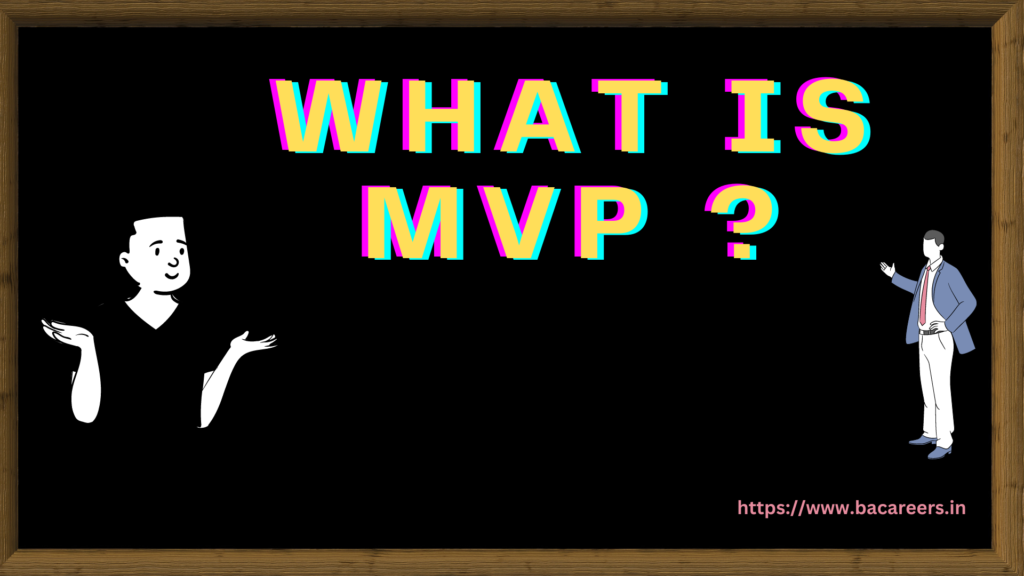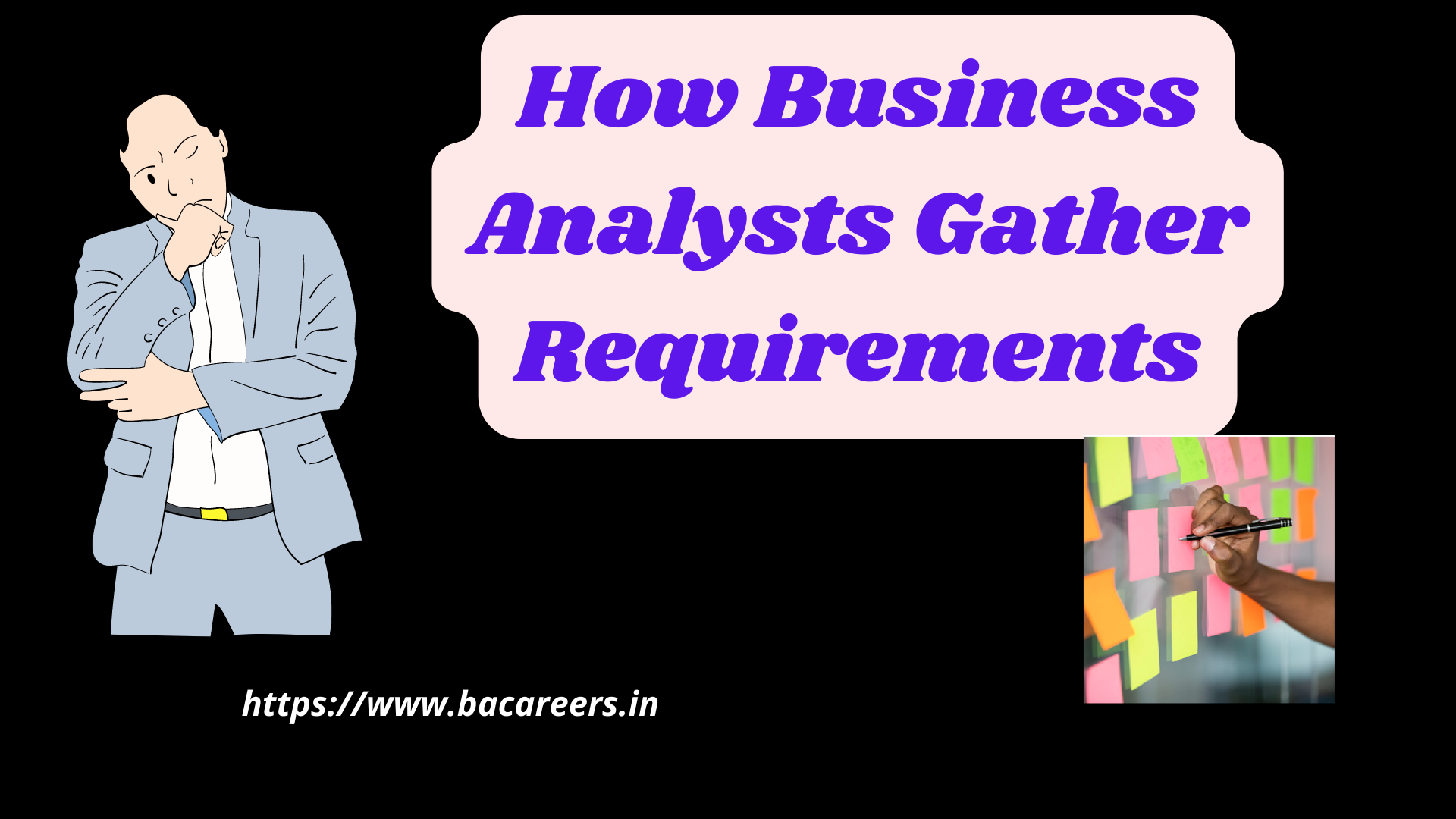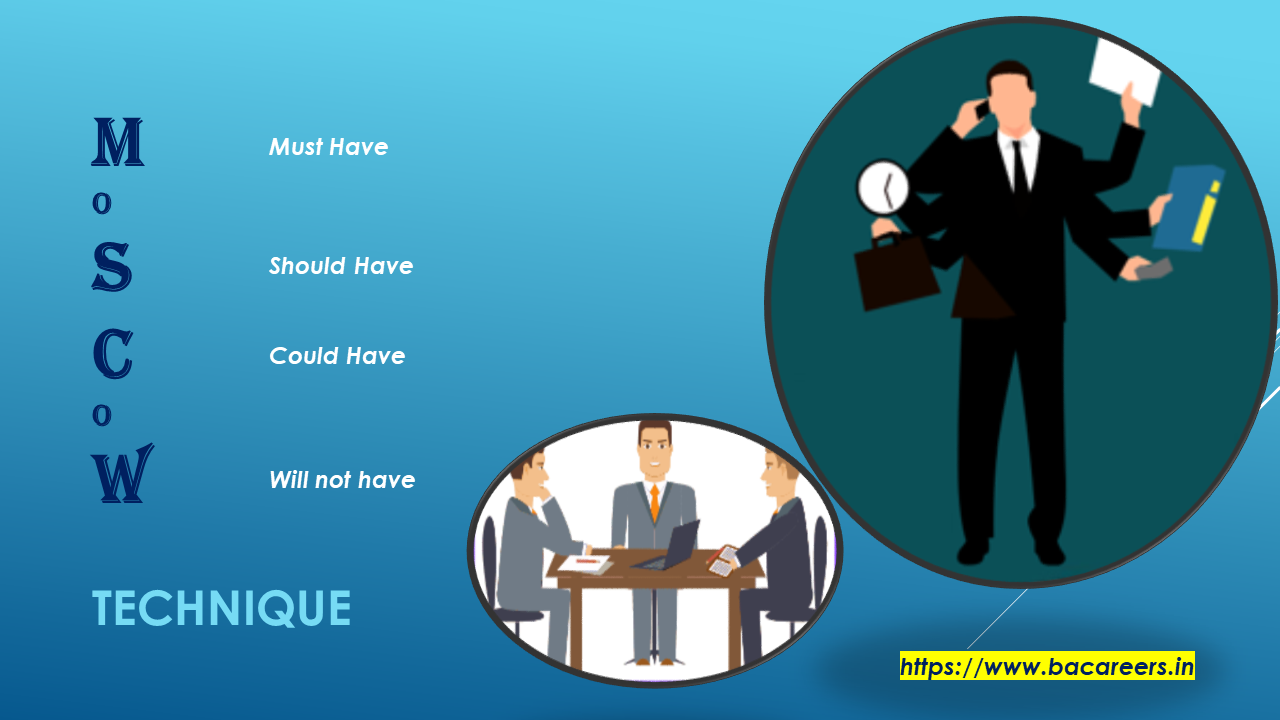Stakeholder Meaning
Are you familiar with the term ‘stakeholder’? In business, stakeholder means an individual or group that has an interest or a vested interest in the company. Understanding what they expect, as well as their impacts on your company, is vital to achieving success. Learn more about stakeholder meaning and how it relates to your business here.
What is a Stakeholder?
A stakeholder is someone or an organization that has an interest in a company’s activities and operations. This could include employees, shareholders, customers, suppliers, media outlets, and even the local community. Stakeholders are important to any business since they have the ability to influence its success due to their vested interests. It’s important for companies to understand what stakeholder groups expect from them so they can ensure their continued support.
Reasons to Understand Stakeholder Perspectives.
Developing a better understanding of stakeholder perspectives can help companies in multiple ways. It can help inform the decision-making process and ensure that all parties’ needs are met to maximize success. Additionally, understanding how stakeholders view the company as a whole or what their priorities are will provide valuable insight into how they might respond to changes or potential opportunities. Understanding such perspective is key to ensuring that a company is taking the right steps in order to meet its long-term sustainable objectives.
Understanding the Impact of Stakeholders on Business Decisions.
By taking a closer look at the various stakeholders involved in any decision, business owners can gain better insight into how their decisions may affect them. It’s important to remember that stakeholders are people, and they’re looking out for their own interests, which may not necessarily coincide with those of the company. Therefore, being aware of stakeholder needs is essential to making decisions that will ultimately benefit everyone involved. Doing so helps ensure that long-term sustainable objectives are met in accordance with the company’s goals and plans for growth.
Identifying and Engaging with Different Types of Stakeholders .
Understanding stakeholder needs is one thing, but effectively engaging with them is another. It’s important to identify and engage with different types of stakeholders in order to get the best outcomes for all involved. Depending on their impact, most stakeholders can be divided into two broad categories—internal and external stakeholders. Internal stakeholders are those with a direct interest in the business, such as employees and shareholders. External stakeholders are those who have an indirect interest in the business, like customers, suppliers, regulators, and competitors. Learning how to collaborate with all of them is essential for any successful business.
Monitoring and Managing Stakeholder Relationships .
Building effective relationships and trust with stakeholders is essential. As such, it’s important to monitor and manage them to ensure everyone’s interests are taken into account. Regularly conducting stakeholder analysis can help identify any gaps in the relationship which may need to be addressed. It can also help you keep track of stakeholders’ expectations and interests, and provide an opportunity to shape those expectations if necessary. Furthermore, understanding how stakeholders influence each other can help develop cohesive strategies that meet their individual needs as well as the common good.
Below articles also can help you to provide overview on Stakeholders.
- How To Identify and Track Stakeholder Requirements
- What is Stakeholder Management ?
- What is Stakeholder Management/ Analysis

Business Analyst , Functional Consultant, Provide Training on Business Analysis and SDLC Methodologies.









